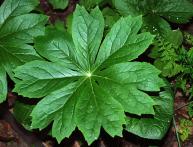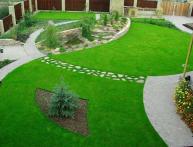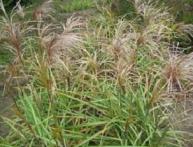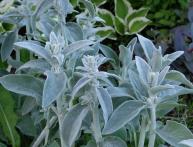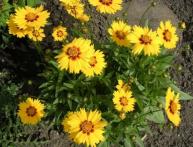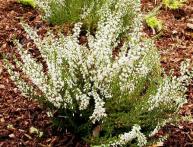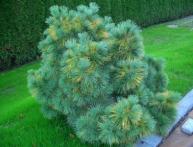Growing bindweed
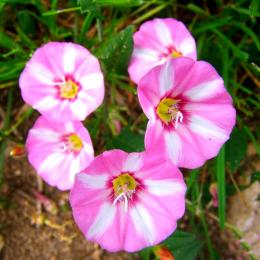
Gardeners usually associate the word bindweed with a well-known weed that is especially fond of planting potatoes. Not everyone knows that there are two representatives of this genus, which are cultivated as ornamental plants. These are elegant curly and therefore suitable for vertical gardening Moorish bindweed and tricolor bindweed. In the axils of their leaves there are beautiful funnel-shaped flowers. Flowering lasts from June to September, and flowers open only during the day in good weather. On cloudy days, the flower is closed and its funnel is tightly twisted. Growing bindweed does not present any particular difficulties.
To plant a plant you need to select sunny place with loose soil. Seeds are usually sown in April or May in a permanent location. You can plant bindweed and seedlings; for this, the seeds are sown in boxes in March. Before sowing, it is better to soak the seeds for a day, and when sowing, plant them in shallow grooves and cover them with covering material, through which they water using a watering can. Shoots will appear in about a week, and the shelter can be removed when the threat of night frosts has passed. The seedlings are thinned out, leaving 20-25 centimeters between plants; the distance between rows should be approximately 50 cm.
Water as the soil dries out, but do not overdo it, otherwise there will be a lot of greenery, but few flowers. Growing bindweed involves fertilizing When planting, peat is added to the soil, at the stage of bud emergence - wood ash, then a couple of times a month when watering, you need to add complex fertilizers to the water. The plant may become sick with powdery mildew, then white spots appear on the leaves. In this case, the plant is treated with fungicidal preparations.

